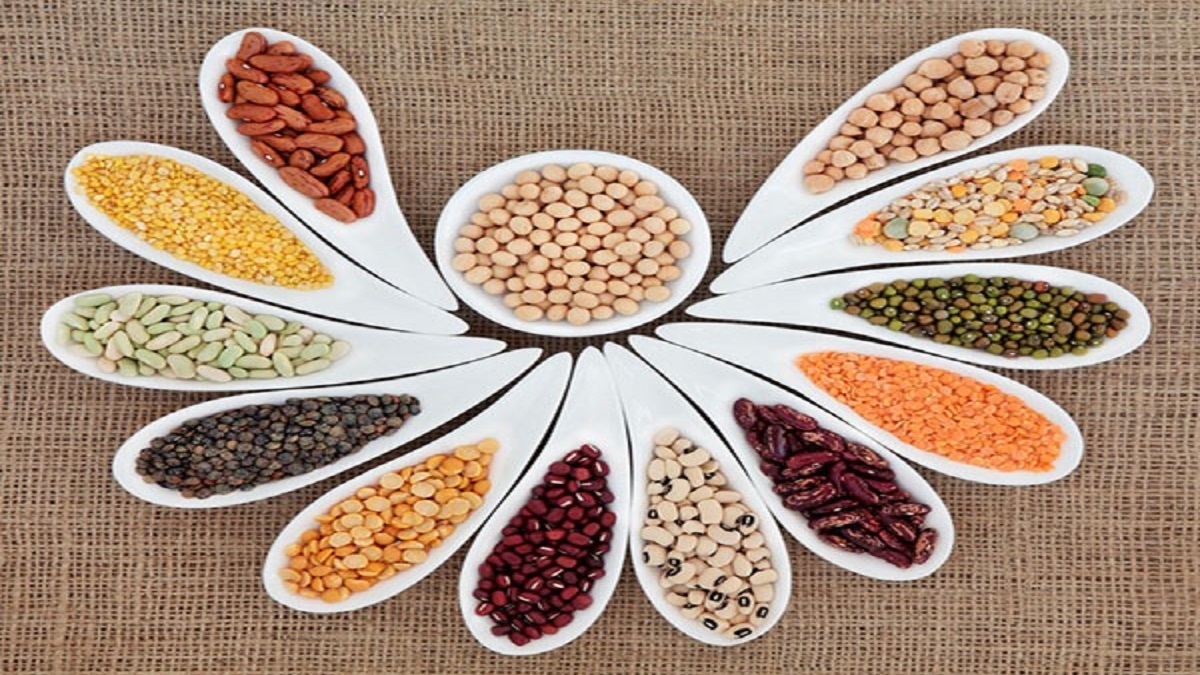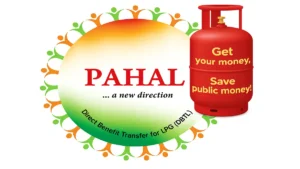The Government of India has extended the Pradhan Mantri Annadata Aay Sanrakshan Abhiyan (PM-AASHA) scheme until 2025-26. This move is aimed at providing better income support to farmers by ensuring that they receive remunerative prices for their produce. PM-AASHA also helps stabilize the prices of essential food commodities, benefiting both farmers and consumers alike.
What are the Key Components of PM-AASHA?
The PM-AASHA scheme focuses on several key components that directly benefit farmers. One of the main components is the Price Support Scheme (PSS). This scheme allows the government to procure notified pulses, oilseeds, and copra at the Minimum Support Price (MSP) from pre-registered farmers through designated agencies like NAFED and NCCF. This ensures that farmers get a fair price for their crops, even when market prices are low.
Another significant component is the Price Stabilization Fund (PSF), which is designed to manage price volatility. The government uses this fund to maintain buffer stocks of pulses and onions, ensuring that these products remain affordable in the market.
The Price Deficit Payment Scheme (PDPS) is also an essential feature of the program. It compensates farmers for any price difference between the MSP and the prevailing market price. This mechanism encourages the production of oilseeds and helps farmers maintain a stable income.
How is the Government Enhancing Financial Commitments to Farmers?
The government has significantly increased its support for the PM-AASHA scheme by raising the procurement ceiling for pulses, oilseeds, and copra. It has now committed to procuring up to 25% of the national production under the Price Support Scheme (PSS), with a 100% commitment for Tur, Urad, and Masur during the 2024-25 season. This will provide a substantial boost to the farmers’ incomes, especially during the Kharif season.
In addition, the government has renewed and enhanced its financial guarantee to ₹45,000 crore to facilitate the procurement process. This financial support will enable smooth operations and better coverage of farmers under the scheme.
What Are the Latest Developments in the PM-AASHA Scheme?
In the latest updates to PM-AASHA, the government has approved the procurement of Tur (Arhar) in nine states under the Price Support Scheme (PSS) for the Kharif 2024-25 season. The procurement target is set at 13.22 lakh metric tonnes (LMT), which will directly benefit thousands of farmers across these regions.
As of February 15, 2025, 0.15 LMT of Tur has already been procured in states like Andhra Pradesh, Karnataka, Maharashtra, and Telangana, benefiting 12,006 farmers. This indicates the government’s proactive approach to ensuring fair prices for farmers and stabilizing food prices in the market.
Key points of the PM-AASHA scheme
| Key Point | Why in the News |
|---|---|
| Scheme Extension | Extended until 2025-26 to continue supporting farmers and stabilize food prices. |
| Price Support Scheme (PSS) | Ensures procurement of crops at Minimum Support Price (MSP) for fair farmer income. |
| Price Stabilization Fund (PSF) | Maintains buffer stocks to manage price volatility of essential food items. |
| Price Deficit Payment Scheme (PDPS) | Compensates farmers for the difference between MSP and market prices. |
| Increased Procurement | Procurement ceiling increased to 25% of national production for pulses and oilseeds. |
| Enhanced Financial Guarantee | ₹45,000 crore financial guarantee to support procurement operations. |
| Recent Developments | Tur procurement initiated in nine states, benefiting thousands of farmers. |



 Gyan Bharatam Initiative: India’s Nation...
Gyan Bharatam Initiative: India’s Nation...
 National Forensic Infrastructure Enhance...
National Forensic Infrastructure Enhance...
 PAHAL (DBTL) Scheme Delivers Improved Ef...
PAHAL (DBTL) Scheme Delivers Improved Ef...







